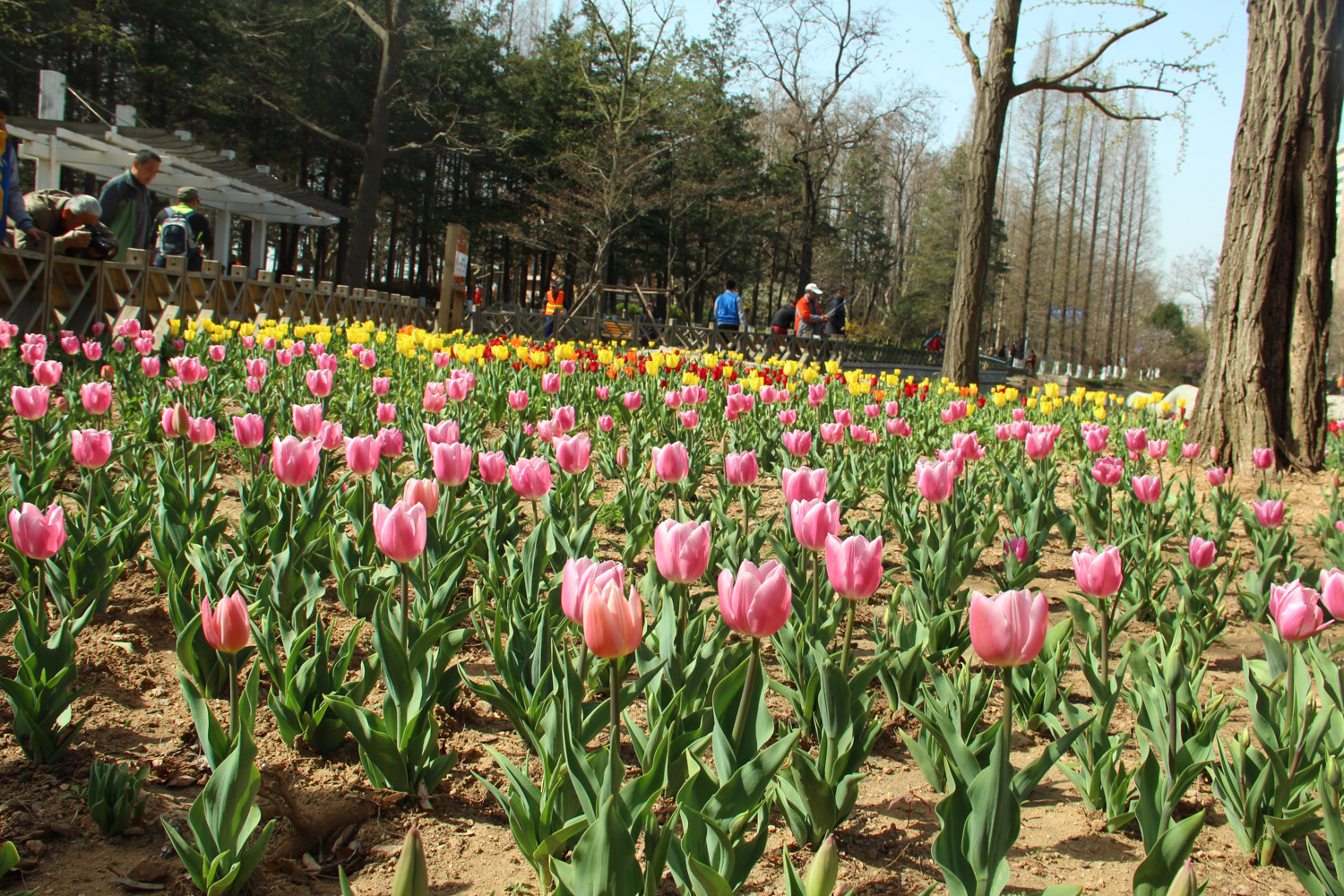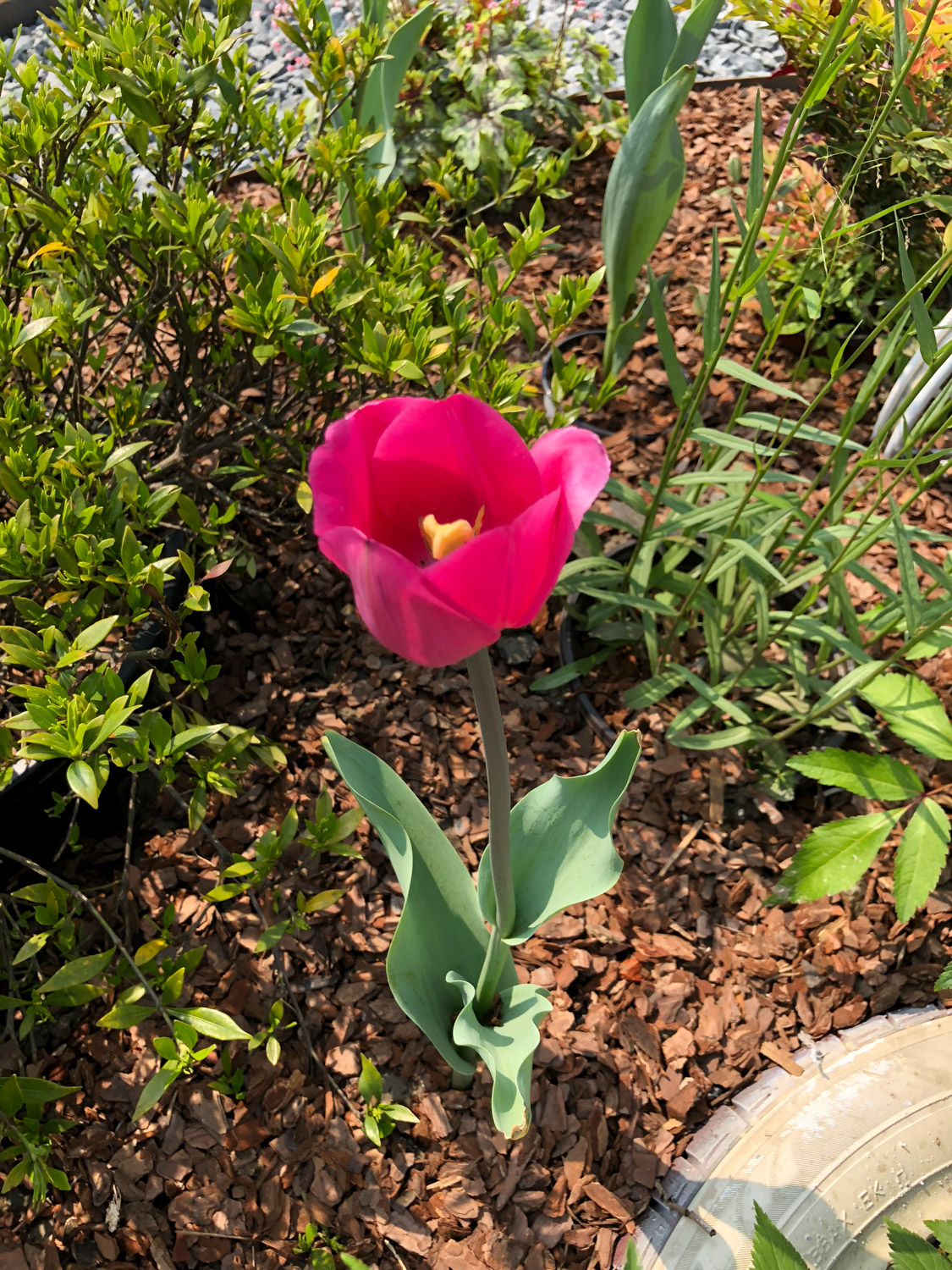1、 Loose soil
Tulips are bulbous plants, which are afraid of humid environment. Therefore, the soil must be soft and ensure good drainage. It is usually mixed with garden soil, rotten leaf soil and sand, which can provide a good growth environment. In order to provide nutrients, chicken manure or compost can also be applied to the soil as base fertilizer

2、 Sufficient light
Tulips are long sunshine flowers. They can't grow without sufficient light. They should be placed where there is sun at ordinary times. If the light is insufficient, the plant will become thin, the stem is very long, but the flower is relatively small, which will also lead to sterility. It should be noted that when the seed ball just germinates, do not see light, so as not to inhibit the development of the plant

3、 Watering control
Tulips have a great demand for water after just one week of planting, so they need to be watered enough. When it germinates, the water demand will be reduced, and the water amount should also be controlled. In particular, it can't be watered more during the flowering period, usually a small amount and many times. If the environment is too dry, the growth rate of plants will slow down. Usually, the environmental humidity should be maintained at about 80%

4、 Timely fertilization
In addition to applying base fertilizer when tulips are in the pot, they should also be properly topdressed during the growth process. After 1-2 times of liquid fertilizer, the leaves will grow enough. In its peak growth season, compound fertilizer should be applied 3-4 times a month to comprehensively supplement nitrogen, phosphorus and potassium, but fertilizer should be stopped at the flowering stage. Wait until the flowers fade, and then add 1-2 times of potassium dihydrogen phosphate

 how many times do yo...
how many times do yo... how many planted tre...
how many planted tre... how many pine trees ...
how many pine trees ... how many pecan trees...
how many pecan trees... how many plants comp...
how many plants comp... how many plants can ...
how many plants can ... how many plants and ...
how many plants and ... how many pepper plan...
how many pepper plan...





























